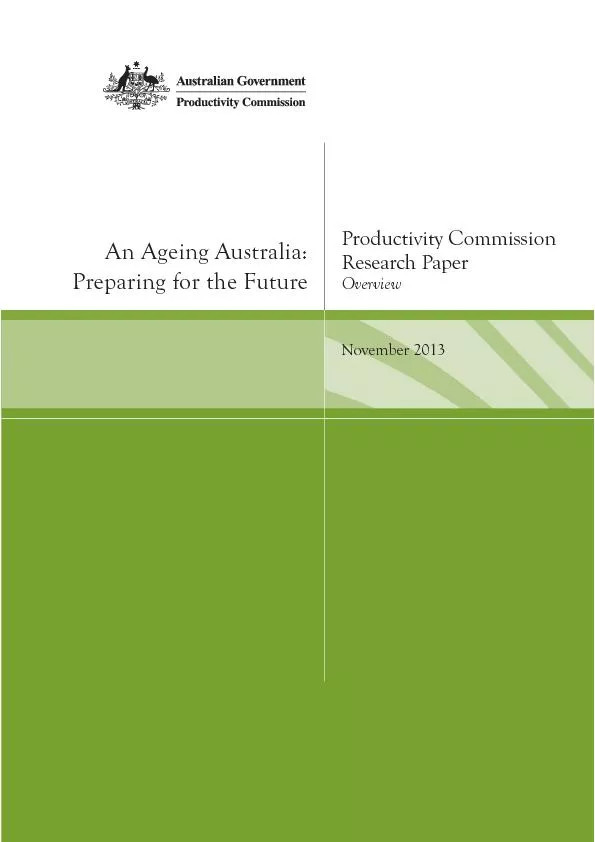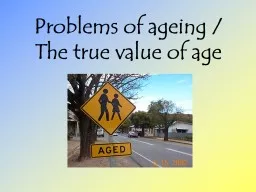PDF-An Ageing Australia:Preparing for the Future
Author : alida-meadow | Published Date : 2016-02-28
Productivity CommissionResearch PaperOverview November 2013 Commonwealth of Australia 2013 ISBNprinted overviewISBN0 PDFThis work is copyright Apart from any use
Presentation Embed Code
Download Presentation
Download Presentation The PPT/PDF document "An Ageing Australia:Preparing for the Fu..." is the property of its rightful owner. Permission is granted to download and print the materials on this website for personal, non-commercial use only, and to display it on your personal computer provided you do not modify the materials and that you retain all copyright notices contained in the materials. By downloading content from our website, you accept the terms of this agreement.
An Ageing Australia:Preparing for the Future: Transcript
Download Rules Of Document
"An Ageing Australia:Preparing for the Future"The content belongs to its owner. You may download and print it for personal use, without modification, and keep all copyright notices. By downloading, you agree to these terms.
Related Documents














